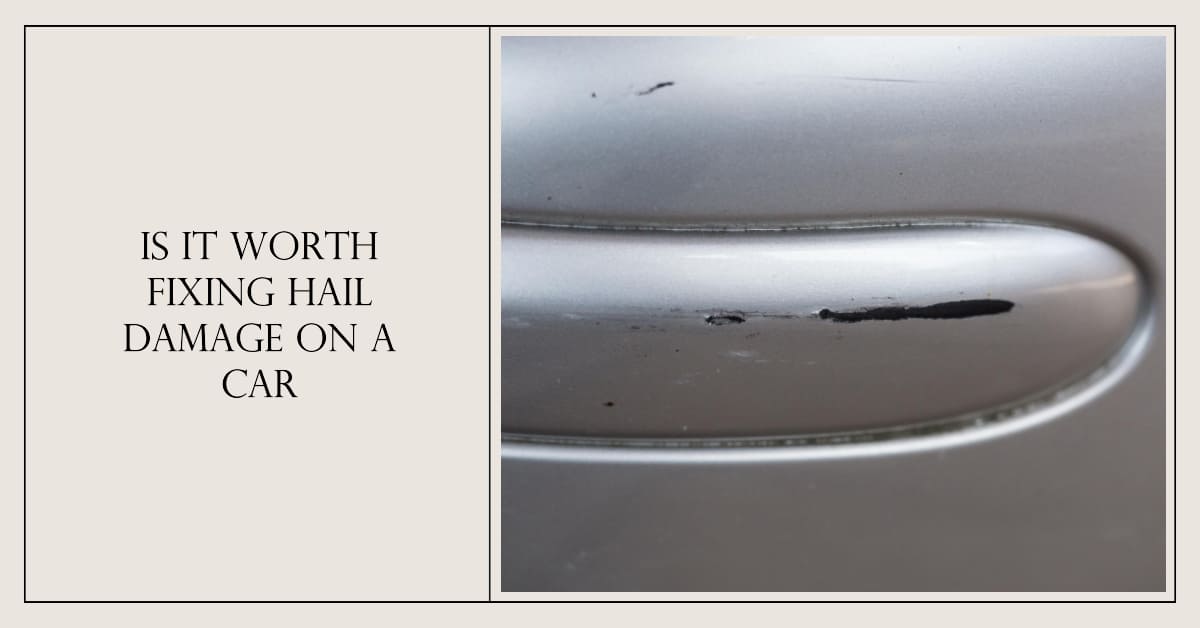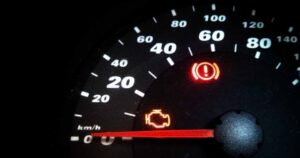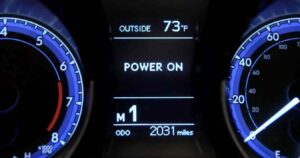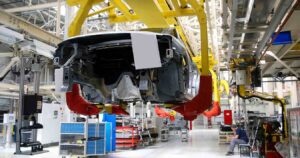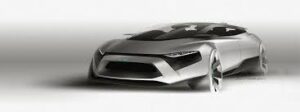Thump, thump, thump! The deafening sound of hail pelting your car is enough to make any car owner cringe.
As the hailstorm subsides and you inspect your precious vehicle, you’re left with a heart-wrenching sight: dents and dings scattered like confetti across its once-pristine surface.
Now, you face a critical decision – should you invest in repairing the hail damage or let it be?
In this comprehensive guide, we’ll dive deep into the world of hail damage car repair, providing you with expert advice and a thorough cost analysis, so you can make an informed choice that suits both your pocket and your passion for your car.
Table of Contents
ToggleUnderstanding the Severity of Hail Damage
Before we delve into the pros and cons of repairing hail damage car, let’s first assess the severity of the dents on your beloved vehicle.
Hail damage can range from minor dimples to more significant dents that distort the car’s shape. To gauge the extent of the destruction, consider the following factors:
Dent Size: Measure the diameter of the dents. Smaller dents, often less than one inch, are usually easier and more cost-effective to repair.
Paint Damage: Check if the hail has caused any paint chipping or scratching. Extensive paint damage may lead to rust and other issues if left untreated.
Location of Dents: Are the dents concentrated on easily visible areas like the hood, roof, or doors? Hail damage on prominent surfaces may be more bothersome aesthetically.
Car’s Age and Value: The decision to repair hail damage car should also consider the car’s age and overall value. If you have an older vehicle or one with minimal resale value, you might lean towards more conservative repairs.
The Case for Repairing Hail Damage Car
1. Preserving the Resale Value
If you’re planning to sell or trade-in your car in the future, repairing hail damage car becomes an essential investment. Prospective buyers are naturally drawn to vehicles with a flawless exterior, and addressing those unsightly dents can significantly boost your car’s resale value.
2. Preventing Further Damage
Beyond the cosmetic aspect, hail damage can compromise the structural integrity of your car. Dents in critical areas may weaken the metal, making it more susceptible to rust and corrosion over time. Timely repairs can prevent these issues from escalating and save you from more extensive and expensive repairs down the road.
3. Maintaining Car Insurance Coverage
If your car is currently under an insurance policy that covers hail damage, it’s often recommended to take advantage of this coverage. Filing a claim and getting the repairs done promptly ensures that your car remains in good standing with your insurance company.
The Case for Leaving Hail Damage Car Untouched
1. Cost Considerations
Depending on the extent of the hail damage, the repair costs can add up quickly. If the dents are minor and do not affect the car’s functionality, you might weigh the expenses against the necessity of cosmetic perfection.
2. Paintless Dent Repair (PDR) Option
For smaller dents, paintless dent repair (PDR) can be a more budget-friendly alternative. PDR technicians use specialized tools to massage the metal back into shape without the need for repainting. This method can be a cost-effective solution for minor hail damage.
3. Embracing the Battle Scars
In a unique twist of perspective, some car enthusiasts choose to embrace the hail damage as a part of their car’s history and character. Battle scars tell stories, and for these individuals, each dent becomes a badge of honor, symbolizing a car that has weathered storms and still stands strong.
Cost Analysis of Hail Damage Car Repair
Now that we’ve explored the reasons to repair or not to repair hail damage let’s take a closer look at the estimated costs involved:
- Paintless Dent Repair (PDR): As mentioned earlier, PDR is generally the more economical choice for minor dents. The cost per dent can range from $50 to $150, depending on the size and location of the damage.
- Conventional Repairs: For more extensive hail damage that requires traditional repair methods, you’re looking at a higher price tag. The cost per dent can range from $75 to $500 or more, especially if there’s significant paint damage involved.
- Insurance Deductible: If you’re filing an insurance claim for hail damage repairs, you’ll have to consider your deductible. If the repair costs are lower than your deductible, it may not be worthwhile to file a claim.
- Total Cost: The total cost of repairing hail damage will depend on the number of dents, the severity of the damage, and the chosen repair method. It’s essential to obtain quotes from reputable repair shops before making a final decision.
Conclusion
The decision to fix hail damage on your car ultimately boils down to personal preferences, financial considerations, and the car’s overall value.
If your car holds sentimental value, has substantial resale potential, or needs protection from further damage, repairing hail damage is a wise choice. On the other hand, if the dents are minor and repairing them would strain your budget, embracing the battle scars might be a viable alternative.
Remember that prompt action is essential to prevent further damage, and exploring paintless dent repair options can save you money while restoring your car’s appearance. Ultimately, the choice is yours, and whichever path you take, your car will continue to be a testament to your unique journey on the roads of life.
So the next time the sky darkens, and hail threatens to dance on your car’s surface, remember that you have the knowledge and insight to make an informed choice – a choice that aligns with both your financial interests and your love for your cherished vehicle.


